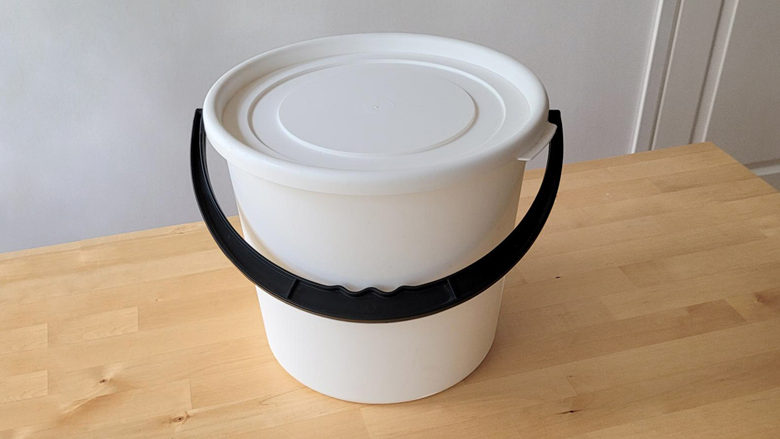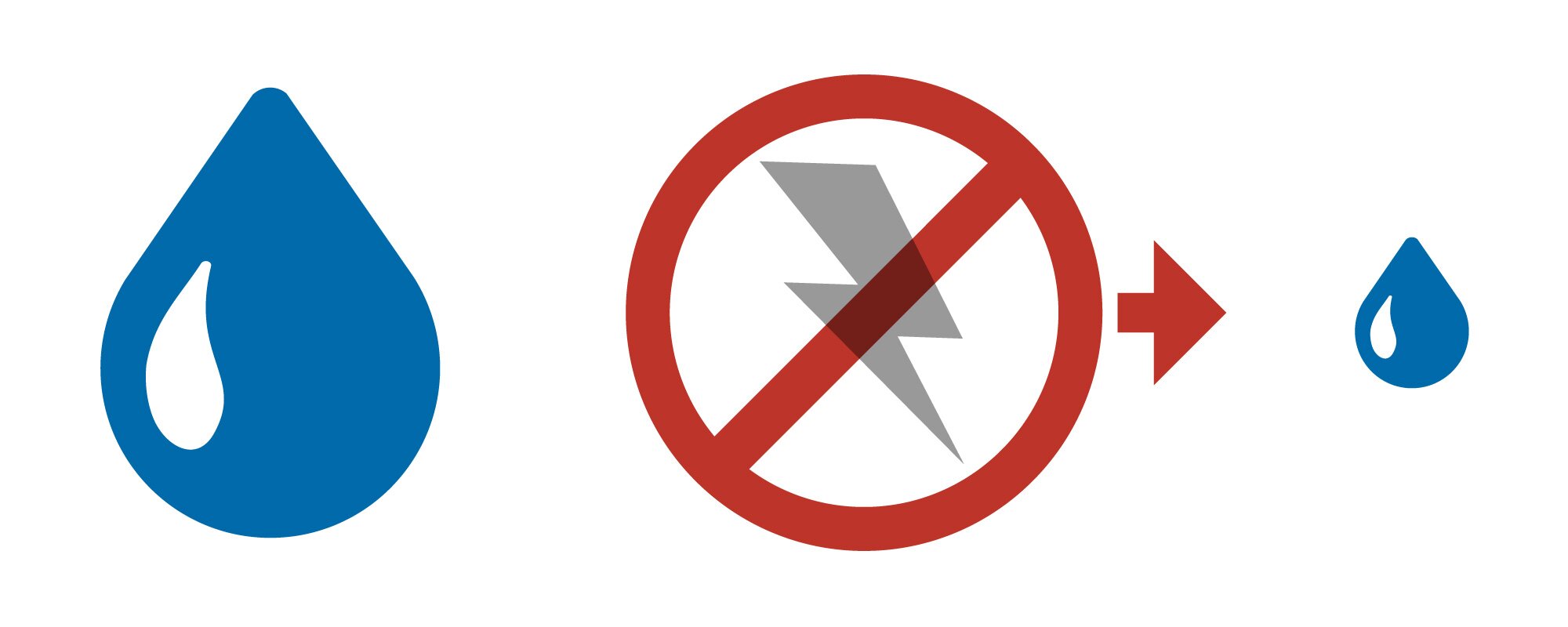Preparing for power outages

Although we are prepared for disturbances, water users should also make their own preparations. As a critical actor for the security of supply, the aim is to keep water services untouched by so-called rolling blackouts.
Short power outage (about 2 hours)
If the electricity is cut off in your property or building, avoid using water.
Water is available on tap
In the Helsinki metropolitan area, the water supply will keep operating during short power outages. The water pressure may be lower in high-altitude locations and in properties with their own pressure boosting plant. Water will be available, but it will come out of the tap with less pressure.
A power outage is unlikely to be noticeable to the majority of water users, as water flows gravitationally into properties and buildings. Since, in some high-altitude areas, water pressure is increased separately by local pressure boosting plants, the water pressure in these areas may be lower than normal. The water pressure may be lower than normal on the top floors of apartment buildings and high-rises as well. Water will, however, be available.
No changes in water quality
A power outage does not affect the quality of tap water. Tap water is safe to drink even during a power outage. If the colour or odour of water is different than usual, read more about this here: Disturbances in water quality.
Drainage works partially
Drainage will work partially. In order to reduce the overflow of wastewater into bodies of water and terrain, it would be good to avoid using drains during short power outages, meaning not showering, bathing, or doing the dishes and laundry. We also recommend avoiding flushing the toilet during a possible outage.
In the sewer network, wastewater must be pumped forward towards the wastewater treatment plants in some places. Some wastewater pumping stations have the possibility to use backup power, but others do not. This is why it may be necessary during a power outage to direct wastewater into bodies of water and terrain as pumping station overflow discharges.
Wastewater treatment will keep working
Since drainage will keep working partially during a power outage, less wastewater than normal will flow to the wastewater treatment plants. Wastewater treatment plants are able to store incoming wastewater during short power outages.
The aim is to secure the electricity supply of wastewater treatment during short power outages. Backup power can be used if necessary.
If the electricity goes out, do the following:
- Avoid using water, such as showering, bathing, and doing the dishes or laundry. Also try to avoid flushing the toilet.
- Do not discharge water into the drain. Instead, use for instance a bucket under the tap if you need to run water.
Read more at The Finnish National Rescue Association website: In the event of a power outage, water should not be drained into the sewer due to the risk of flooding - SPEK

If the electricity is cut off, avoid using water
Property occupant, please note the following:
• If the property has its own pressure booster pump, the water pressure on the top floors will be lower than normal during a power outage.
• The functionality of any flood prevention devices on the properties should be checked and verified before power outages occur. If wastewater has to be pumped from the property into the sewer network, the discharge of water into the property's sewer will quickly cause the sewer to flood the property, unless the pump is equipped with a backup power source.
• Although the supplied cold tap water is of good quality, properties seeking energy savings must ensure that the temperature in their domestic hot water systems is not lowered in a way that creates favourable conditions for the growth of legionella bacteria.
The growth of legionella bacteria is prevented by ensuring that the temperature of hot water is at least 55 °C in the hot water supply system. More information on combating legionella is available on the Finnish Institute for Health and Welfare website: Preventing the growth and health risks of Legionella - THL
• In the frost season, water pipes and meters can freeze if they are in a place where the temperature can drop to below zero. The best way to prevent freezing is to insulate the water pipes well and keep the water meter space warm.
In case of a prolonged power outage
Despite the preparedness measures undertaken by water services, power outages can interrupt the flow of water. This is why every household should keep a store of clean drinking water to last for a few days, reserving 6 to 10 litres of water per each person. It is additionally good to have clean buckets or canisters with lids for transporting and storing water.
Read more at 72 hours website: 72hours.fi
What is electricity needed for in water supply services?
When it comes to the supply of clean tap water, electricity is needed for raw water intake, for the treatment of water to be used as domestic water, and for pumping water in the water supply network to water users. Wastewater from properties is usually drained into the sewer by gravity and it proceeds there by gravity, but pumps are also needed to transfer wastewater in the sewer network to the wastewater treatment plants. Electricity is also used for wastewater treatment.